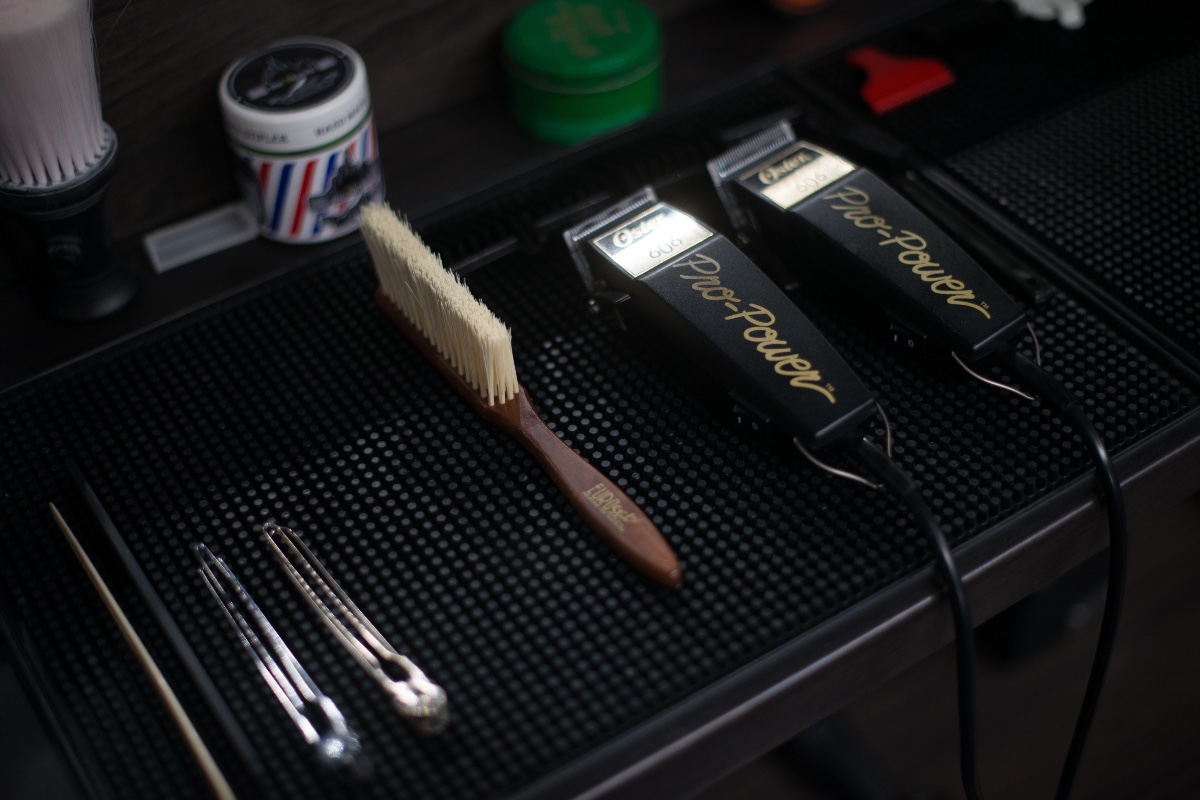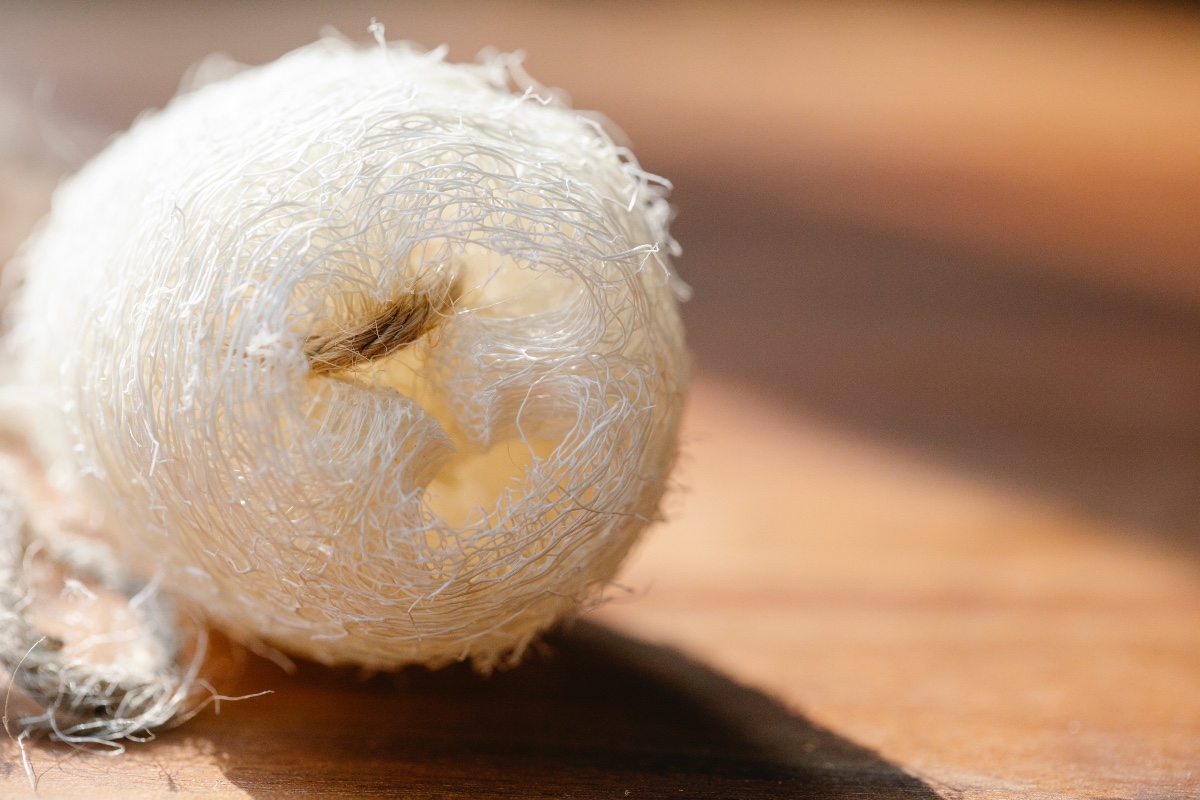Grooming helps you look your version of clean — whether bare-faced, streamlined, scruffy, or something in the middle. There’s a tool and product for everything these days, from razors and beard trimmers to endless skincare products that promise to help you look and feel your best.
That’s great and all, but if you buy all the skin, hair, and beard care products under the sun, you may feel like your toolbox needs a little grooming. Knowing which grooming tools for men are essential can help you pare down the items in your arsenal, streamline your routine, and make you less stressed in the process. (FYI: Stress can affect your skin, according to research.)
Consider this your guide to the essential men’s grooming tools — and which purported must-haves are unnecessary.

Which men’s grooming tools are necessary?
No matter your grooming goals, you shouldn’t skip a few items.
A razor
Whether you want facial hair or a smooth-as-peanut-butter shave, the right razor is a staple men’s grooming tool. The debate over which is best — more or fewer blades, electric or manual — is one of the fiercest in the beard care products world. However, there’s no need to split hairs. The truth is that the best razor will vary from person to person. It may take some trial and error to find your Goldilocks razor. However, once you find the one for you, ditch the rest to cut down on clutter. Just be share to have spare razor blades and replace them as needed to keep your product as fresh as your face.
Beard trimmer
When it comes to beard care products, trimmers are a power tool. What’s the difference between a trimmer and a razor? Beard trimmers have thinner blades and cut closer to the skin than a razor, helping you shape and fine-tune your look (even if your look doesn’t involve facial hair). They nix pesky fine hairs and allow you to put off trips to the barber a little longer. You can also use them to trim sideburns and body hair elsewhere.
Cleanser
Washing twice per day and after sweating with a gentle cleanser will keep your face in tip-top shape. When it comes to skincare products, it’s best to cater the ingredients to your specific needs. Because of their hydrating benefits, cleansers with hyaluronic acid are perfect for regular or dry skin. Ones with benzoyl peroxide can help fight adult acne.
Moisturizer
Moisturizers go on after your cleanser and are another must-have skincare product for men, whether you have dry skin or not. People with oily or acne-prone skin may want to steer clear — avoid the temptation to follow suit. Not moisturizing can further damage the skin barrier, making it easier for pores to get clogged. Additionally, acne products like retinol can dry out skin, making
Body wash
Consider body washes
Sunscreen
SPF is essential to protect the skin against sun damage, even in the winter or on a cloudy day. The sun’s rays peek through clouds and office and car windows, exposing your skin to risks like cancer and premature aging. The good news? Daily application of a broad-spectrum sunscreen with at least 30 SPF keeps you safe. Re-apply every two hours and after sweating or going in the water if you’re spending a ton of time in the sun, such as on a Caribbean winter escape or during the summer.
Shampoo and conditioner
Yes, you need both hair care products even if you don’t have hair. The shampoo actually cleans your scalp, while a dollop of conditioner can help ward off flakes. Again, cater your

Men’s grooming tools to skip
Sometimes, less is more — and curating your grooming toolbox is one of those times. You can probably keep these three items out of it:
- Serums: Serums promise to hydrate skin, but they’re unnecessary as long as you’re applying moisturizer twice per day.
- Supplements for hair loss: The supplement industry is booming in the dietary and grooming spaces. However, supplements aren’t regulated by the FDA, and their quality and efficacy can vary. Discuss hair loss issues with a dermatologist and barber first. If you’re interested in taking any supplements, always run them by a healthcare provider first — supplements can negatively interact with some medications.
- Loofas: These shower staples need not be. Washcloths work just fine. They are easier to clean and accumulate less bacteria, making them better for the skin.
There are plenty of reasons why your grooming toolbox may be overflowing. Clever marketing makes you think certain items in the skin and hair care products aisle are absolute must-haves when they’re really just clutter. The holidays and birthdays are also ripe for receiving travel and mini-versions of grooming products that can add up over the years. However, scaling back on the number of tools in your box can eliminate clutter and ensure you’re not overdoing your grooming routine. Items like razors and SPF are crucial. Serums, supplements, and loofas are unnecessary. If you’re concerned about hair and skincare issues, speak with a dermatologist. They can point you in the right direction of treatments, products, and ingredients that may help you — or help you accept your body as it is.
Editors' Recommendations
- Make shopping easy: The best gifts for men (no matter what he’s into)
- Retinol for men: What to know and what to buy
- Men’s grooming: What the modern day man needs to know (from head to toe)
- Costco has a secret online store, Costco Next, that any member can access – here’s how
- An expert reveals the 5 best men’s skincare tips for National Men’s Grooming Day




